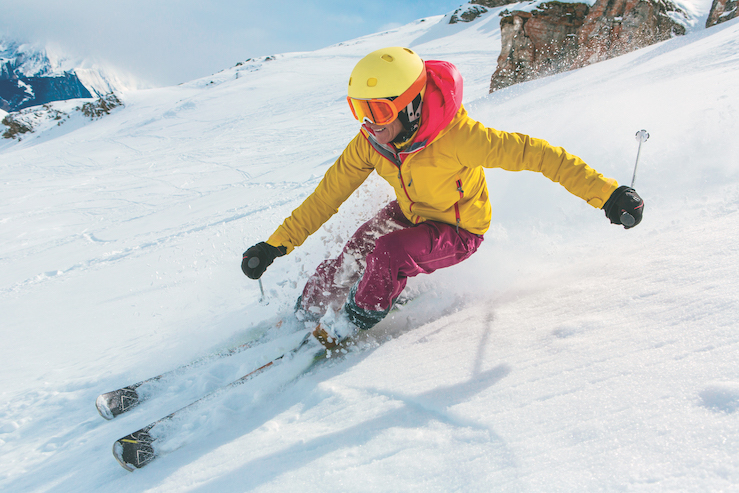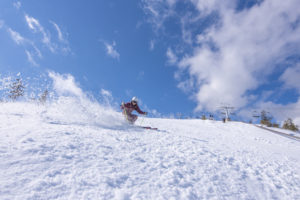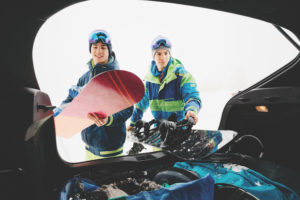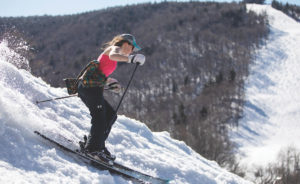
You gotta love the ski-cadian rhythm of skiing. Around Thanksgiving time, we’re praying for enough early snow to fall on our favorite slopes so we can begin making turns once again after “enduring” a long and dry summer. This is quickly replaced by yearning for significant accumulation events, the greedy among us wishing for heavy pre-holiday dumps, while the more patient are content with consistent winter snowfalls that regularly refresh our Januarys and Februarys (with major storms thrown in along the way, of course).
And now, a favorite for many, March and April. It is the time of the season when we long to closet our 800 down in favor of sweaters and T-shirts to comfortably meet rising temperatures, softening snowpack and longer days with abundant sunshine and draft beer.
Many will roll through the clocklike progression of the season without changing things up too much, embracing the simple joy of being out in the mountains. Others are more calculated with different equipment choices and a sharpened focus on tweaking their technique to meet the changing conditions.
For those wanting to maximize performance when the snow turns to corn and those big bumps grow soft and saturated, here are some tips from the pros.




